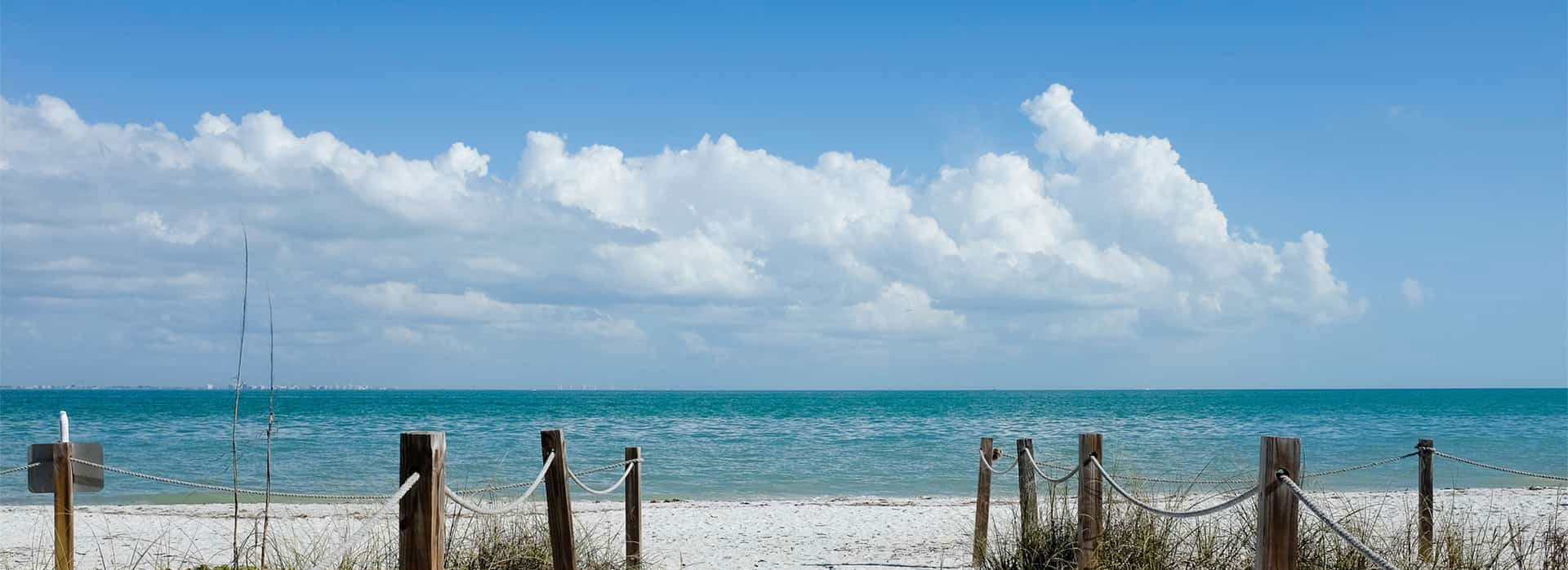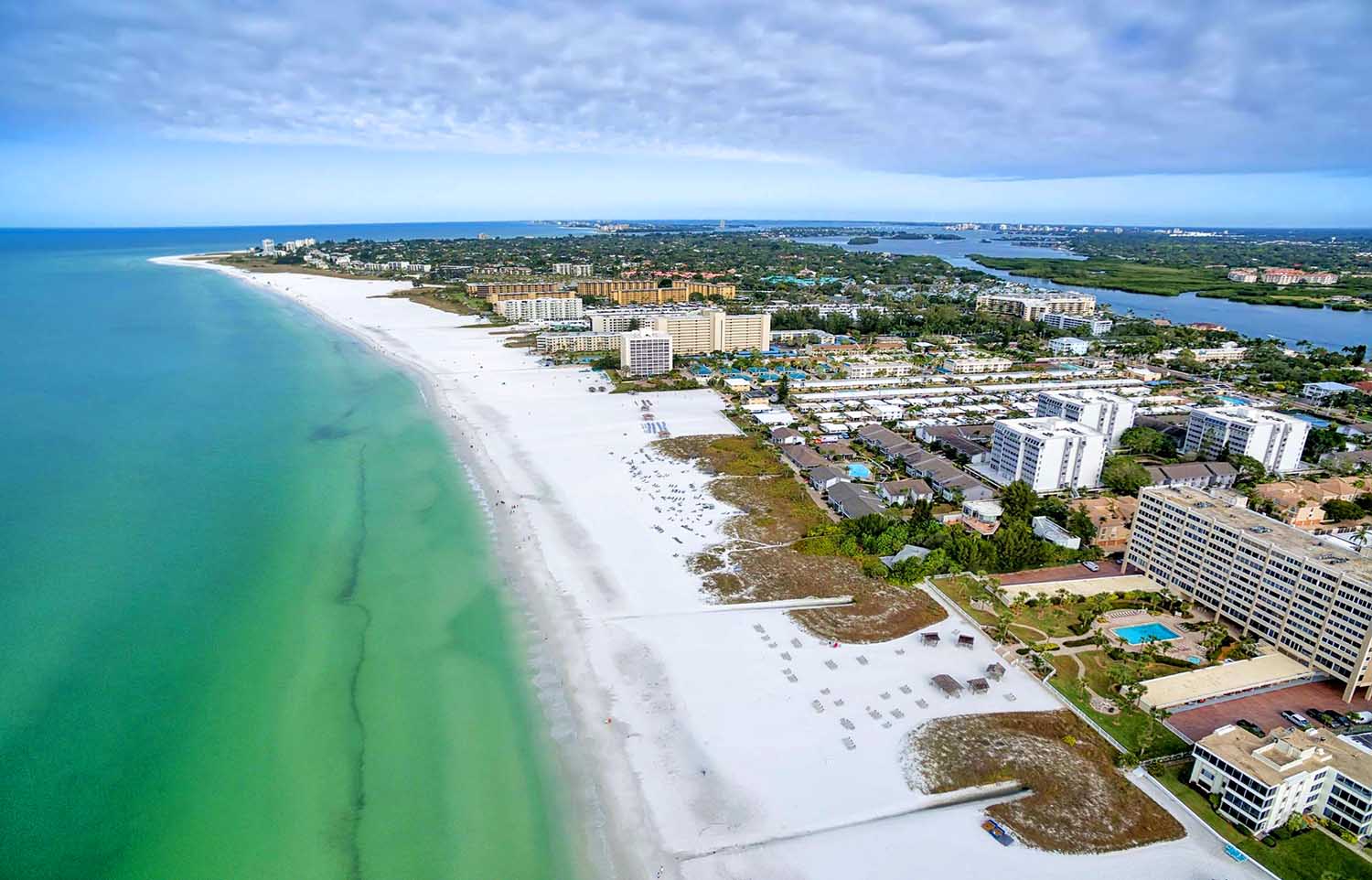In the 1500’s, the first Spanish explorers, Ponce de Leon, Panfilo Narvaez, and Hernando De Soto landed on the Gulf Coast in search of gold and silver. In 1821, the United States acquired territory of Florida and in 1824, the Armed Occupation Act allowed for private ownership of land along Sarasota Bay, but only for incoming settlers. In 1885, Sarasota was promoted in Scotland. Many families sailed to America expecting fields of vegetables, housing, and citrus groves. They found only a stump-filled Main Street and most of the colonists left. John Hamilton Gillespie, a Scottish aristocrat, lawyer, and member of the Royal Company of Archers, Queens Body Guard for Scotland, built what is to be believed to be America’s first golf course in Sarasota. Gillepsie also built the Desoto Hotel on Main Street for tourists and prospective investors. In 1902 he was elected Sarasota’s first mayor.
Sarasota began attracting wealthy Americans in the 1910’s as it does today. Bertha Palmer, widow of Chicago developer Potter Palmer, came to Sarasota and built extensive gardens on her waterfront winter estate, Osprey Point, which is today’s Historic Spanish Point. Palmer also purchased 30,000-acre ranch in eastern Sarasota which is now Myakka River State Park.
John Ringling, of Ringling Brothers and Barnum & Bailey Circus fame, made a mark on the community of Sarasota in various ways. In the 1920’s, he and his wife, Mable, built a magnificent Venetian-style estate on Sarasota Bay named Ca d’ Zan. Then they built an art museum for their collection of works by Peter Paul Rubens and other 17th century Italian and Flemish art. In addition, John used circus elephants to help build the first bridge from the mainland to St. Armands Key, which he developed as a commercial and residential center.
Sarasota became a mecca for modern architecture between 1941- 1966 when a group of architects came together to debate the philosophies of abstract expressionism in a creative community with a cultural tradition ready to accept tenets of modernist design. The result was a remarkable body of work known as the Sarasota School of Architecture and their work is still enjoyed here today.



